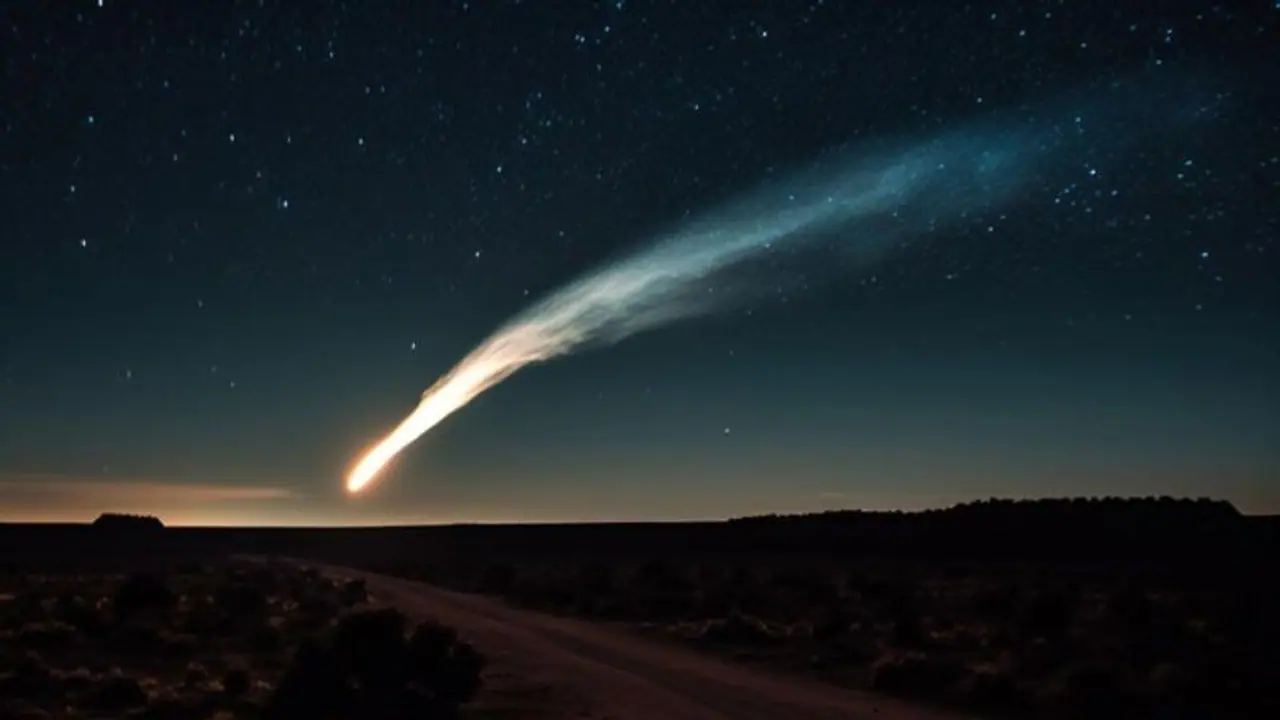The Kerala University's geology department took four years to find the so-called melt rocks, which are components of meteorites at the Luna Hamlet in Gujarat's Kutch region. The meteorite that affected the Indus Valley is an intriguing one.
Kochi: The Kerala University's geology department took four years to find the so-called melt rocks, which are components of meteorites at the Luna Hamlet in Gujarat's Kutch region. These melt-rocks' radiocarbon dating suggests that the meteorite impact may have occurred about 6,900 years ago, or around the time the Indus Valley civilization was at its peak in this region.

For many scholars and experts, the topic of whether the meteorite had any effect on the Indus Valley is an intriguing one. Luna is the impact site, although the well-known Indus Valley excavation site is roughly 200 kilometres away. The impact position is 200 km from the Dholavira site. The impact site has a 2 km crater, and the meteorite must have had a diameter of between 200 and 400 m, according to assistant professor Sajin Kumar KS of Kerala University.
"We have always considered the extinction of plants and animals owing to a meteorite strike, but not the impact on humans," he continued.
Thus, this study explores the possibility that a meteorite could wipe out human civilization. According to a new study published in "Planetary and Space Science," an iron meteorite impacting Luna around 200 metres in diameter created a 1.88 km-wide crater.
High-temperature minerals like as ulvospinel, hercynite, kirschsteinite, and wustite are present in the Luna sample.
With the meteorite impact confirmed, Luna will hold the unique distinction of becoming India's fourth impact crater. It also becomes the youngest known crater in terms of age and the most recent in terms of geology. Other meteorite craters in India are located in the states of Maharashtra, Rajasthan, and Dhala in Madhya Pradesh.
Beyond 10–20 times the meteor's size, a meteorite leaves behind a crater. In a 1-meter excavation, the Kerala University team discovered samples at a depth of about 10 cm, indicating that the crater is new.
Sajin Kumar told the leading news portal Times of India, "This is an active Indus River stretch; thus sediments from several rivers have flown in this area. That we found the sample in such a small depth is an indicator of its young age."
"We went around four times to collect samples from the area. It's very tough to get samples because of its marshy terrain. But in July 2022, we got lucky. We could get dry sediment samples for testing," Sajin Kumar added.
